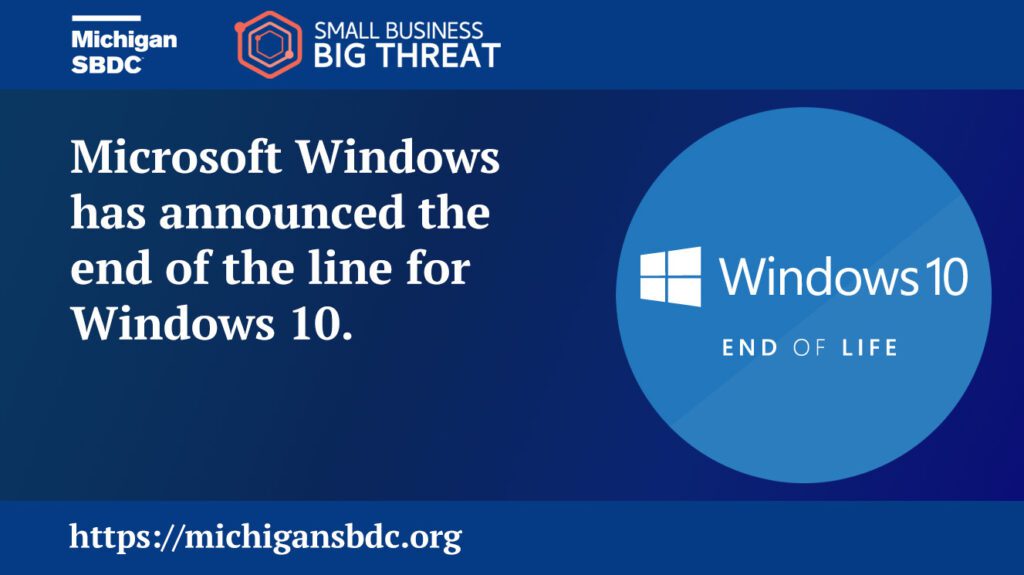
Microsoft Windows has announced the end of the line for Windows 10. The latest Windows 10 release of version 22H2, which came out in October 2022, will be its last. As of October 14, 2025 Microsoft will no longer push security updates to Windows 10 for most devices. On April 27, 2023 Microsoft announced this via the Windows 10 client roadmap blog post.
What this means
As with every software, there is an expectation that it will not last forever. This is especially true for computer operating systems as they age quickly. Computer operating systems are some of the most interacted with software available. They are also one of the largest targets of cybercriminals as most of us use one throughout our working day. Depending on who you ask, Windows is around 65%-80% of the operating systems in use worldwide and according to BleepingComputer, Windows 10 is used on 73% of all Windows devices.
Why this is important
When an operating system stops receiving updates, it means its cybersecurity vulnerabilities still exist. This allows cybercriminals to hyperfocus on these older operating systems to exploit these vulnerabilities, knowing they will forever exist. So the longer people use these older operating systems, cybercriminals will be able to exploit them and potentially steal your data and accounts.
What you can do
Start now so when the end of the line for Windows 10 devices comes you have your devices already replaced. You could consider switching to Mac products, Google products, or unix/linux based operating system instead for your devices. The important thing is you have planned ahead and made the correct decisions before Windows no longer receives its important cybersecurity updates.
To learn more about current cyber threats to your small business, steps you can take to protect your business, or to learn more on cybersecurity, check out Small Business, Big Threat!